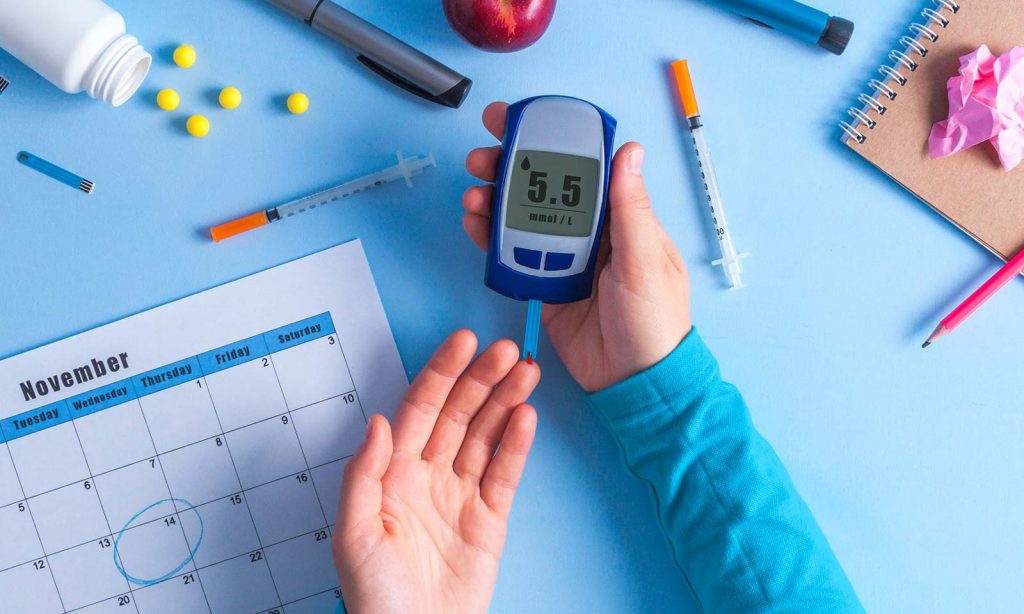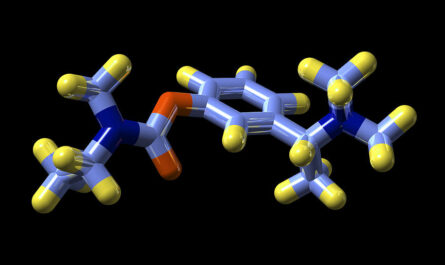Uses of Medical Batteries
Medical batteries are an integral component of various lifesaving medical devices used across hospitals and healthcare facilities. Some key medical devices that rely on batteries include:
Pacemakers
Pacemakers are battery-powered implantable devices that help regulate abnormal heart rhythms. Manufacturers are developing pacemakers with batteries that can last 5-10 years without replacement. Advances in battery technology are helping extend battery life and reduce frequency of replacement surgeries.
Defibrillators
Defibrillators deliver electric shocks to the heart to restore normal heart rhythm. Implantable cardioverter defibrillators (ICDs) contain batteries to power the device and monitor the heart continuously. Non-rechargeable lithium batteries typically power ICDs and automated external defibrillators (AEDs) with the goal of 10 years battery life from an ICD and 5 years from an AED battery.
Respiratory equipment
Nebulizers, ventilators, sleep apnea machines and continuous positive airway pressure (CPAP) machines all rely on batteries as their backup power source or primary power when mobility is required. Advances are being made to improve battery life to reduce cost and inconvenience of frequent replacements.
Medical monitors
Medical devices like wireless patient monitors, blood pressure cuffs, pulse oximeters, temperature probes and weighing scales use batteries. Rechargeable and long life non-rechargeable batteries enable portability and continuous monitoring capabilities.
Infusion pumps
For delivering medications, fluids, nutrients and other substances in controlled quantities, infusion pumps use batteries. This allows ambulatory treatment at home or remote locations. Developing lightweight, long-lasting batteries is crucial for these devices.
Types of Medical Batteries
Given the critical nature of powering life-dependent medical devices, batteries used must meet stringent safety and performance requirements. Common types include:
Lithium batteries
Lithium batteries are widely used due to their high energy density providing long battery life in a small package. Types used include lithium-iodine, lithium-silver vanadium oxide and lithium cobalt dioxide. Concerns around overheating require strict manufacturing controls.
Alkaline batteries
Though having lower energy density than lithium, alkaline batteries offer economical option for devices with less demanding power needs. Developments focus on improving storage life before use.
Zinc-air batteries
Providing good energy density in a compact size, zinc-air batteries find applications in hearing aids due to their lightweight, coin-cell form factor. Inhalation of zinc however requires ventilation systems.
Silver-oxide batteries
Silver-oxide Medical Batteries deliver reliable performance over a wide temperature range, making them suitable for thermally sensitive medical devices. Despite its stability, silver is expensive.
Rechargeable batteries
Where mobility allows, rechargeable options like nickel-metal hydride or lithium-ion batteries enable eco-friendly reuse. Careful charging circuits prevent overcharging related safety issues.
Medical battery innovations
Continuous innovations aim to advance medical battery technology beyond purely energy storage to enable new capabilities and treatments:
Flexible/stretchable batteries
Novel designs utilizing flexible, elastic materials allow contouringbattery shapes for fully implanted devices or attachment on challenging body surfaces.
Printed/rollable batteries
Techniques like inkjet printing produce ultra-thin batteries that can be rolled or folded for minimally invasive surgical insertion through small incisions.
Micro-batteries
Miniaturized batteries at micrometer scale could power embedded biosensors or be ingestible for continuous monitoring within the body. However, limited energy storage poses design challenges.
Energy harvesting batteries
Self-powered through motion, heat or electromagnetic energy harvesting, these untethered systems aim for perpetual operation without replacement. Pace of progress remains slower than desired.
Biodegradable batteries
For single-use implanted devices that serve their purpose and dissolve safely, biodegradable polymers and magnesium-based materials offer promising biocompatible options. Regulatory validation obstacles remain.
Standardization of battery testing
To ensure performance, safety and reliability standards, battery testing protocols are well defined by regulatory bodies like UL, IEC and FDA. Tests evaluate key attributes like storage life at various temperatures, charge-discharge behavior, leakage, shock/vibration tolerance and electrical characteristics. Certifications provide confidence to patients and clinicians.
*Note:
1. Source: Coherent Market Insights, Public sources, Desk research
2. We have leveraged AI tools to mine information and compile it




